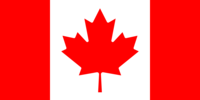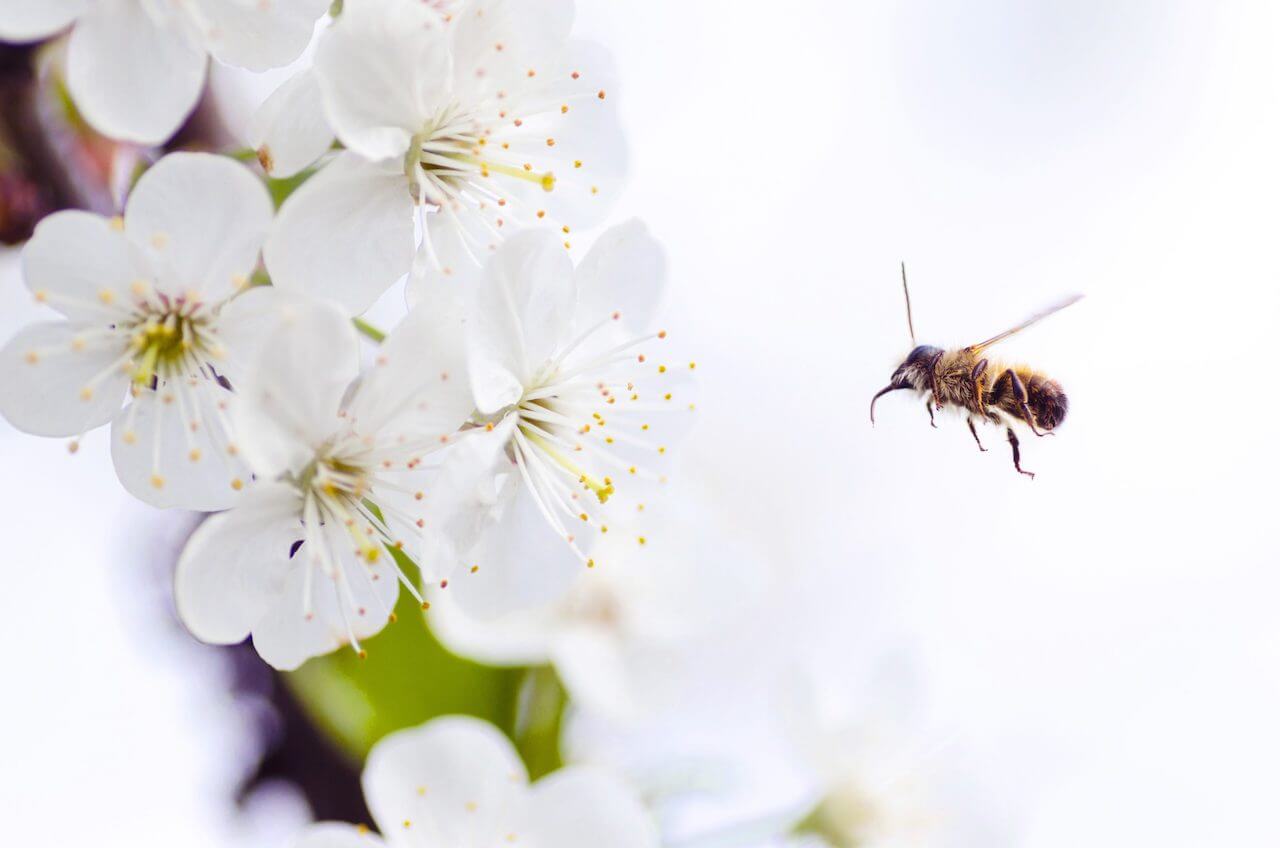By this time, you should have completed your feeding and treated your hive since mid-October (September and October). If your feeder is not already removed, now is the time to do it. The last interventions at the apiary are usually in November; treatment of oxalic acid, insulation and underweighting of beehives.
OXALIC ACID: AN ECONOMIC GUARANTEE
When the temperatures are between 6 and 8 degrees C, it’s time for the last varroasis treatment. Oxalic acid is used at this time. This treatment can be done by fumigation or by dripping with a syringe. Oxalic acid complements the treatment you used in September (formic acid, thymol, apivar, apistan, etc.). Unfortunately, during the laying process it is impossible to overcome all varroa mites. As the temperature drops in the fall, queen egg laying decreases, and varroa mites in the hive are usually only found on bees, not inside sealed cells.
Oxalic acid is a natural treatment which acts effectively on varroa mites outside the brood. By ending the season with oxalic, you guarantee yourself a hive that will not succumb to varroasis infestation and which will increase its chances of getting through the winter season without disturbing pests. And what’s more, it doesn’t cost much!
Explanation of the fumigation method (OS-1300)
Explanation of the drip method (AO-1200)
PAMPER YOUR BEES… NEITHER TOO MUCH NOR TOO LITTLE!
November is also the time to think about isolating your hive. Warning! The trap for beginner beekeepers is to want to isolate the hive too much. Bees don’t freeze to death. Rather, they are affected by humidity which causes condensation in the hive. The beekeepers in Finland have taught us that the most important thing is not the insulation, but the provision of air circulation in the hive to remove moisture. The attic with a ventilation slot is essential during winter. Be sure to raise your roof with styrofoam insulation to clear the opening. Air must circulate between the slit in the attic and the lower opening of the hive. You must therefore remove your entry reducer or the piton / slide hive entry. In spring, the reducer is used to block air currents which could cool the brood. In autumn, the entry reducer is used to limit looting and the introduction of rodents into the hive. A smaller entrance makes it easier for the guardians of the colony.
When the cold is well established, mice have already found their winter home, and wasps are no longer a threat. Protecting the entrance no longer becomes a necessity. But the most important thing to remember is that during the winter many workers die, and the young bees do the housework. When we leave a small entrance to the hive, the hole ends up being blocked with dead bees and the air no longer passes. Condensation is created and the air becomes toxic by so much CO2 produced by the bunch.
Stop panicking, and remove the inlet reducer when winter has arrived. Now, which insulation to take? Simple, think of “thermofoil” bubble insulation or “BeeCozy”, both effective in reducing the cold of strong winter winds. I tend to favor thermofoil for beehives that are well protected, for example in a backyard, by a cedar hedge. For more northern climates, in the mountains, subject to extreme temperatures, I usually recommend BeeCozy, known to keep the hive warm.
DO YOU HAVE A GOOD MEMORY?
Before wishing your bees Merry Christmas, try to underweight the hive and be aware of the overall weight of the hive. The most important thing is to keep a bodily memory of the hive. You will be able to compare in February, during a quick visit without making noise, whether the hive has used a lot of resources or not. This will allow you to judge whether the hive needs a small surplus of food (candi Apifonda) to get to the spring or if it is still healthy.
Now is the time to leave the beehive in peace and go enjoy the gently falling snowflakes.
Good winter !


